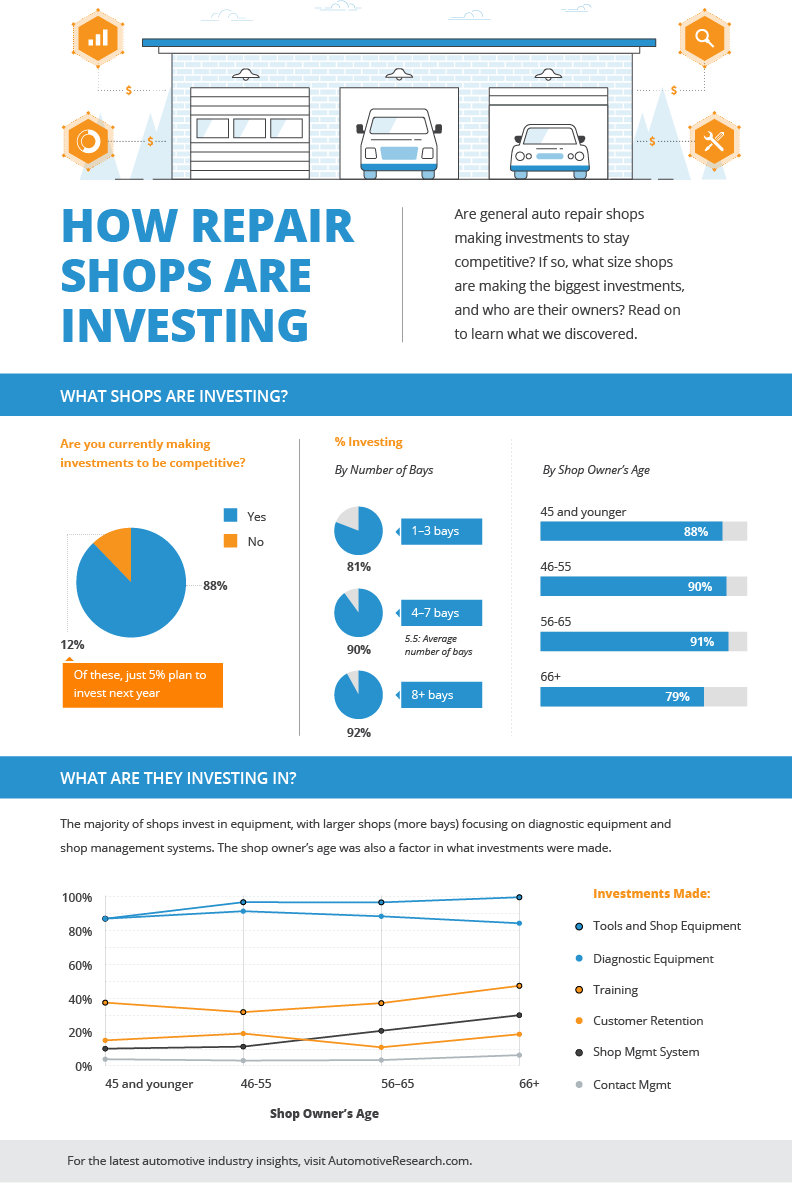Wondering About The Definition Behind Those Dashboard Caution Lights? Gain Insights Right Into Their Ramifications For Your Lorry'S Safety And Security And Upkeep
Wondering About The Definition Behind Those Dashboard Caution Lights? Gain Insights Right Into Their Ramifications For Your Lorry'S Safety And Security And Upkeep
Blog Article
Authored By-Lim Kejser
When you lag the wheel, those glowing warning lights on your control panel can be a little bit difficult. Do you understand what they're attempting to tell you about your vehicle's wellness? Recognizing the significance of these lights is crucial for your safety and security and the longevity of your automobile. So, the next time among those lights appears, wouldn't you want to decipher its message accurately and take the necessary actions to resolve it?
Common Caution Lights and Interpretations
Determine usual warning lights in your automobile and comprehend their significances to make certain safe driving.
One of the most regular warning lights consist of the check engine light, which indicates problems with the engine or discharges system. If this light comes on, it's crucial to have your vehicle inspected immediately.
The oil stress advising light suggests low oil stress, requiring immediate interest to avoid engine damage.
A flashing battery light may suggest a damaged charging system, potentially leaving you stranded if not dealt with.
The tire stress monitoring system (TPMS) light notifies you to low tire pressure, influencing automobile stability and gas efficiency. Ignoring this could cause hazardous driving problems.
The abdominal muscle light indicates a problem with the anti-lock braking system, endangering your capacity to quit quickly in emergencies.
Lastly, the coolant temperature level warning light warns of engine getting too hot, which can result in serious damage otherwise settled quickly.
Understanding these usual warning lights will help you deal with problems without delay and keep risk-free driving problems.
Value of Prompt Attention
Recognizing the usual caution lights in your car is only the first step; the relevance of immediately resolving these cautions can not be emphasized enough to ensure your safety and security on the road.
When a caution light illuminates on your control panel, it's your car's way of communicating a potential problem that requires attention. Ignoring these warnings can cause extra extreme problems down the road, compromising your safety and potentially costing you a lot more out of commission.
Prompt focus to warning lights can prevent breakdowns and accidents. For instance, a blinking check engine light could show a misfire that, if left ignored, can cause damage to the catalytic converter. Addressing this promptly can save you from a costly fixing.
In a similar way, a brake system advising light may signify low brake fluid or used brake pads, critical elements for your safety and security when driving.
DIY Troubleshooting Tips
If you observe a warning light on your control panel, there are a couple of DIY troubleshooting ideas you can attempt prior to seeking expert aid.
https://felixjeyrl.blogpayz.com/31271072/expert-insights-a-discussion-with-a-vehicle-detailing-professional-on-ideal-methods is to consult your vehicle's guidebook to understand what the details warning light indicates. Often the concern can be as straightforward as a loosened gas cap triggering the check engine light. Tightening up the gas cap might solve the issue.
car interior clean is a low battery, which can cause numerous advising lights. Examining the battery links for deterioration and guaranteeing they're safe and secure may take care of the trouble.
If a caution light persists, you can try resetting it by separating the vehicle's battery for a couple of minutes and afterwards reconnecting it. Additionally, inspecting your car's liquid degrees, such as oil, coolant, and brake fluid, can aid troubleshoot advising lights connected to these systems.
Final thought
To conclude, understanding your auto's caution lights is necessary for maintaining your automobile running smoothly and safely. By without delay resolving these alerts and recognizing what they indicate, you can stay clear of costly repair services and potential failures.
Keep in mind to consult your vehicle's guidebook for certain information on each cautioning light and take action accordingly to make certain a hassle-free driving experience.
Remain educated, stay secure when traveling!
